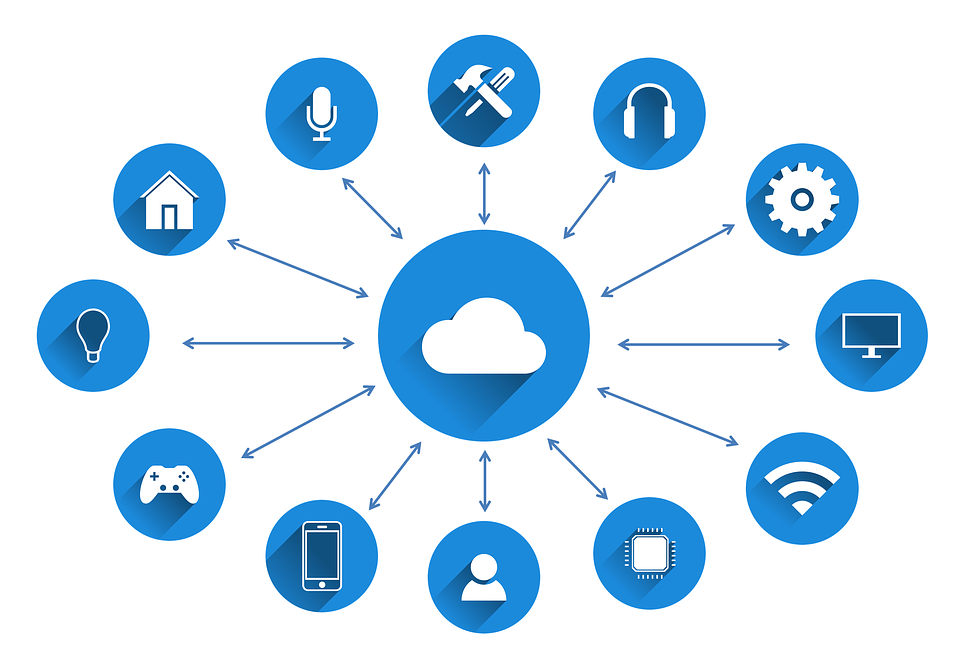Provisioning in layman’s terms is to provide something. In technical terms, it is the set-up operation of IT infrastructure. Cloud Provisioning is the allocation of the cloud provider’s resources to a client. It is exactly the process of amalgamation and execution of cloud computing resources within an IT organization. It is basically an important aspect of the cloud computing model, which tells how a client acquires cloud services and resources from a cloud supplier. The cloud services that customers can provision include:
- Infrastructure as a service (IaaS)
- Software as a service (SaaS)
- Platform as a service (PaaS)
IaaS: Infrastructure as a service (IaaS) is one of the types of cloud computing service that provides essential compute, storage, and networking resources on demand.
SaaS: Software as a service (SaaS) is a distribution model of the software in which the applications are hosted by a cloud provider and are exposed to the end-users over the internet.
PaaS: Platform as a service is a cloud computing model where hardware and software tools are provided to users over the internet by a third-party provider.

Benefits of Cloud Provisioning
Cloud provisioning has numerous benefits for an organization that cannot be achieved by traditional provisioning approaches.
Scalability: A company makes a huge investment in its on-site infrastructure under the conventional IT provisioning model. This requires immense preparation and prophesying infrastructure needs. However, in the cloud provisioning model, cloud resources can scale up and scale down which is entirely dependant on the short-term consumption of usage. This way scalability can help the organizations.
Speed: Speed is another factor of the cloud’s provisioning which can benefit the organizations. For this, the developers of the organization can schedule the jobs which in turn removes the need for an administrator who provisions and manages resources.
Cost Savings: It is another potential benefit of cloud provisioning. Traditional technology can incur a huge cost to the organizations while cloud providers allow customers to pay only for what they consume. This is another major reason why cloud provisioning is preferred.
Types of Cloud Provisioning
- Network Provisioning: Network Provisioning in the telecom industry is a means of referring to the provisions of telecommunications services to a client.
- Server Provisioning: Datacenter’s physical infrastructure, installation, configuration of the software, and linking it to middleware, networks, and storage.
- User Provisioning: It is a method of identity management that helps us in keeping a check on the access and privileges of authorization. Provisioning is featured by the artifacts such as equipment, suppliers, etc.
- Service Provisioning: It requires setting up a service and handling its related data.
Tools and Softwares Used in Cloud Provisioning
Several enterprises can provide the services and resources manually as per their need, whereas public cloud providers offer tools to provide various resources and services such as:
- IBM Cloud Orchestrator
- Cloud Bolt
- Morpheus Data
- Flexera
- Cloud Sphere
- Scalr
- Google Cloud Deployment manager
Challenges Faced in Cloud Provisioning
- Cost Monitoring: Monitoring the consumption and pricing benchmarks is important. Putting control on the pricing and running the alerts about usage is also very crucial. But, this could be a real challenge in achieving the budget overrun.
- Monitoring and Managing Complex Processes: Optimized use of cloud services, companies can depend on multiple provisioning tools. When companies deploy workloads on more than one platform it makes it becomes challenging to provide a single console to display anything.
- Resource and Service dependencies: There are various workloads and applications in the cloud that often tap into the basic cloud infrastructure resources. Public cloud provider services carry dependencies that can lead to uncertainty and surprise costs.
From a provider’s standpoint, cloud provisioning can include the supply and assignment of required cloud resources to the client. I hope this article helped you to learn about provisioning in cloud computing, still if you have any queries then ask in comment section.
The post Provisioning in Cloud Computing – Types, Benefits, Tools, Challenges appeared first on The Crazy Programmer.
from The Crazy Programmer https://ift.tt/31lEtvy
Post a Comment